#sapindaceae
Note
heyo! plant taxonomy nerd here and may i say, love your work. i am desperatly hoping Magnoliphyta win this round cause Im banking on a Sapindaceae win. i have a alightly unfounded love for sapindaceae. anyways, have a lovely day!
Thank you!
*looks up sapindaceae real quick* oooh yeah, maples and lychees, hard to argue with that!
48 notes
·
View notes
Text

Ancora Alberi. 853. (Ippocastano)
50 notes
·
View notes
Text

Scientific Name: Sapindus saponaria var. drummondii or Sapindus drummondii
Common Name(s): Western soapberry
Family: Sapindaceae (soapberry)
Life Cycle: Perennial
Leaf Retention: Deciduous
Habit: Tree, shrub
USDA L48 Native Status: Native
Location: Allen, Texas
Season(s): Winter
It’s called soapberry because you can make soap from it!
Soapberries are also offered commercially “soap nuts,” though the ones I’ve seen for sale are Sapindus mukorossi, which is a species native to Asia.
Speaking of species, the genus Sapindus comprises about 12 species. I’m guessing the exact number isn’t settled because, as in the case here, whether this plant is a subspecies or its own species depends on whom you ask. The USDA Plants Database shows that S. saponaria is native to the southern U.S., from the Atlantic coast to Arizona, whereas var. drummondii only exists west of the Mississippi River. This difference is apparently enough for iNaturalist and its taxon authority POWO to elevate it to the full species level.
The fruits are about ½″ (12 mm) in diameter and form in the summer; they are pale green and opaque when young before maturing to a translucent amber in the fall.
#Sapindus saponaria#Sapindus drummondii#western soapberry#soapberry#Sapindaceae#perennial#deciduous#tree#shrub#native#Allen#Texas#winter#fruit#orange#taxonomy#taxonomic confusion#plantblr
8 notes
·
View notes
Text



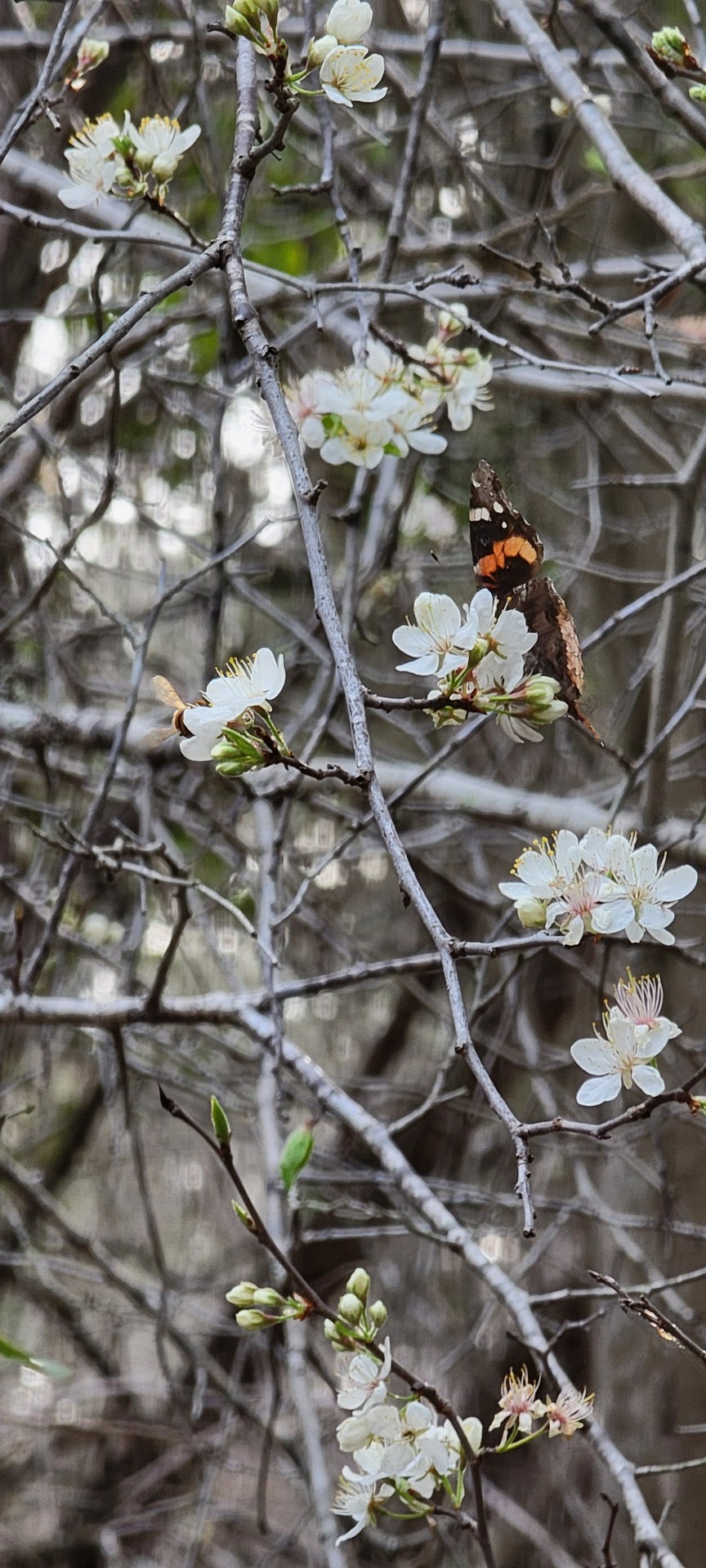



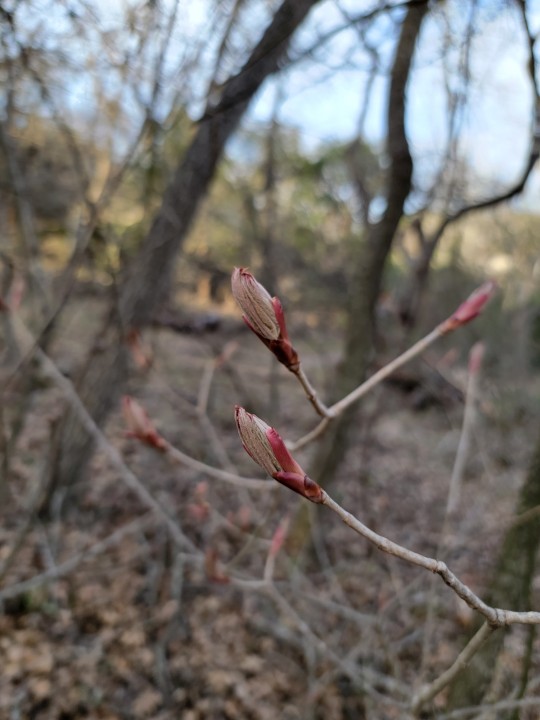

Signs of spring: Texas mountain laurel (Sophora secundiflora) and Mexican plum (Prunus mexicana) flowering, and red buckeye (Aesculus pavia) leafing out.
50 notes
·
View notes
Text

Aesculus pavia / Red Buckeye at the Sarah P. Duke Gardens at Duke University in Durham, NC
#Aesculus pavia#Aesculus#Sapindaceae#Red Buckeye#Scarlet Buckeye#Woolly Buckeye#Firecracker Plant#Native plants#Native flowers#Native trees#Flowers#Plants#Trees#Sarah P. Duke Gardens#Duke Gardens#Duke University#Durham#Durham NC#North Carolina#nature photography#photographers on tumblr
0 notes
Photo
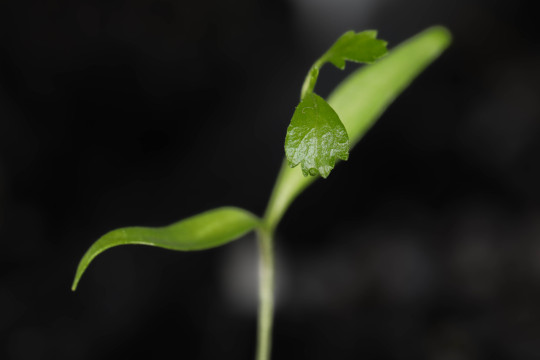
Dodonaea viscosa subsp. angustifolia
Cotyledons and First true leaves
Image taken 79 days after seed scarified plated on water agar and incubated at 20C and 72 days after potted in soil.
#Dodonaea viscosa subsp. angustifolia#Dodonaea viscosa#Dodonaea#Cotyledons#first true leaves#Sapindaceae
0 notes
Text
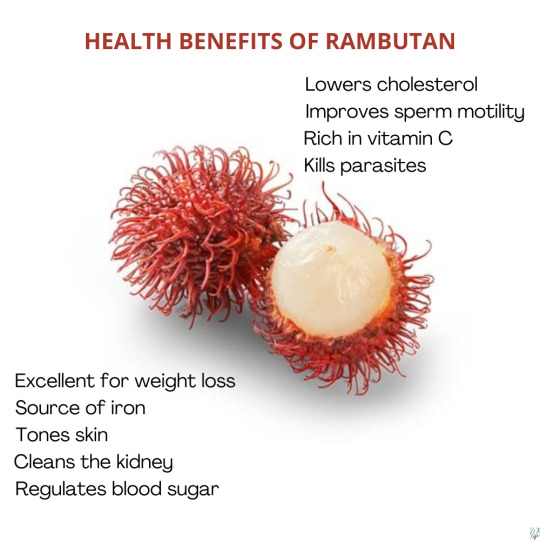
Health benefits of Rambutan
1 note
·
View note
Text
Ya girlthing back at it again with researching things
This time it's ancient Japanese swordsmithing and legendary blades and their names, desperately looking for any rules to sword names
Im also looking up trees species and genus because Miyamoto Usagi's swords are "Willow Branch" and "Young Willow" so what if his descendants end up with swords with names related to his swords names?
Idk if I want my Rise!Usagi to have Willow Branch, he has to have Edgewing but his second blade is being tricky
Since his sensei is Rise!Karasutengu I'm thinking of the legendary Kogarasumaru "Little Crow", maybe changing it from a tachi to a katana, tanto or wakizashi.
I also have my Leoichi kid Shuichi's swords to worry about... I originally thought to have them relate to lightning/thunder because of xir's mystic powers but then I thought that might be too...weeaboo?? Like too American localization 4kids thing.
On one hand most characters in Yojimbo never have their swords named/give their swords name so it shouldn't really matter what these guy's swords are called
But I'm also the person that looked through Wolf species with miniscule differences, 60+ rabbit species, Edo period fashion, native birds of Japan and kanji, so much fucking kanji
I should really look at Japanese grammar/spelling rules, but also I should really draw the line somewhere
Oh God the symbolism research
I reawakened the part of myself that grew up on discovery, animal planet and any other channel that was "educational" and centered mainly around animals as well as books on myths and folklore
This is so fun but SO stressful when I can't find the thing I wantttttt damelodamelo
Doesn't help that some of these articles are written...weirdly that I suspect AI and just have to suffer that shit
In summation:
How Do I Name These Fucking Swords!?
#ay speaka#<my talk tag#rise usagi#leoichi fankid#yuichi usagi#shuichi usagi#yes i know usagi is the given name in the comics and srtuc#in riseverse its the last name for Reasons#🅱️lease what is the closest relative of willow trees#is it rutaceae or sapindaceae
5 notes
·
View notes
Text
Butterfly 10: Temenis pulchra
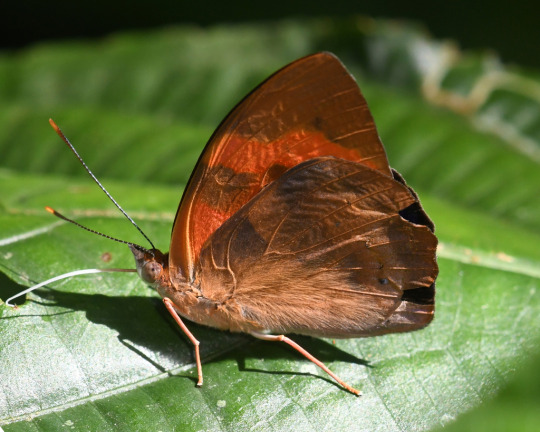
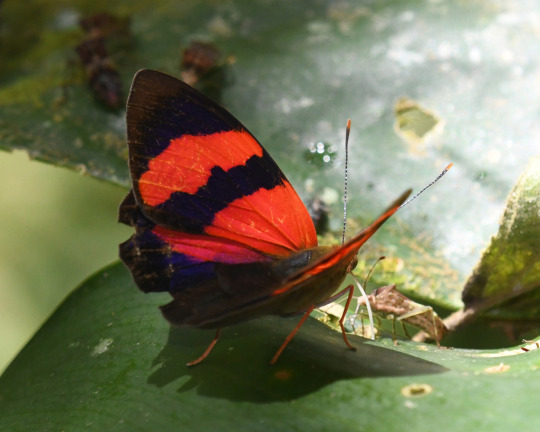

Image credits: 1, 2, 3
Found high up in the canopy, these butterflies will often descend to feed on rotting fruit and plants in the family Sapindaceae.
20 notes
·
View notes
Photo
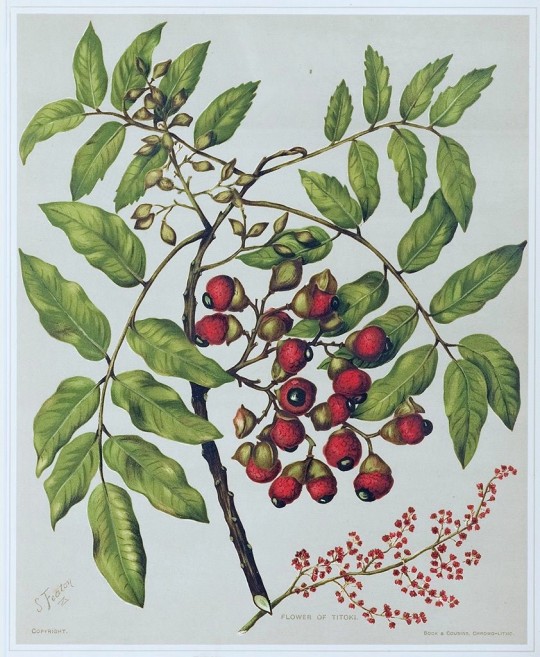
Alectryon excelsus Gaertn,’Titoki’ Sapindaceae (1889) by Sarah Featon (New Zealand, 1848–1927).
Wikimedia.
139 notes
·
View notes
Text

A - Aesculus hippocastanum L. - Ippocastano (Sapindaceae)
15 notes
·
View notes
Photo

Scientific Name: Cardiospermum halicacabum
Common Name(s): Lesser balloon vine
Family: Sapindaceae (soapberry)
Life Cycle: Perennial, annual
Leaf Retention: Deciduous if perennial
Habit: Forb, vine
USDA L48 Native Status: Introduced
Location: Plano, Texas
Season(s): Fall
The flower is about 1/4″ (5 mm) wide. See the leaves and fruits here.
#Cardiospermum halicacabum#lesser balloon vine#Sapindaceae#perennial#annual#deciduous#forb#vine#introduced#Plano#Texas#fall#autumn#flower#white#medicinal plants#balloon vine#plantblr
2 notes
·
View notes
Text
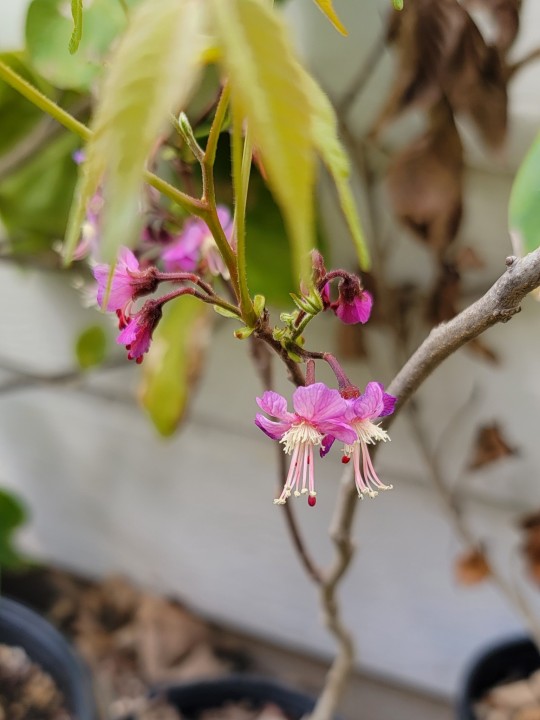
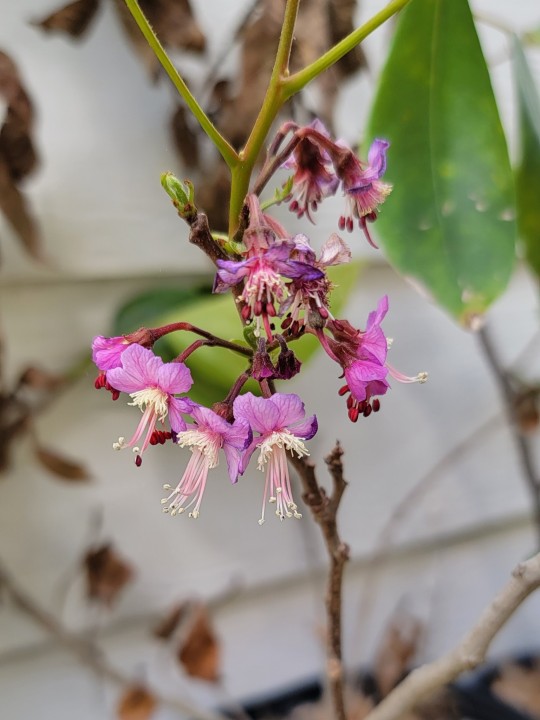
Ungnadia speciosa, aka Mexican buckeye. The plant derives the common name from its large seeds, which resemble those of the genus Aesculus, but they're not closely related.
I grew this plant from seed. They're easy to germinate and bloom at a small size; this one has spent several years in a one gallon pot without complaint. Apparently they can reach 30 feet (~9 meters) tall, though wild trees are generally less than half that height. They tolerate drought well, but are generally found near water in thin, well-drained soils over limestone, sometimes growing directly in crevices.
25 notes
·
View notes
Text
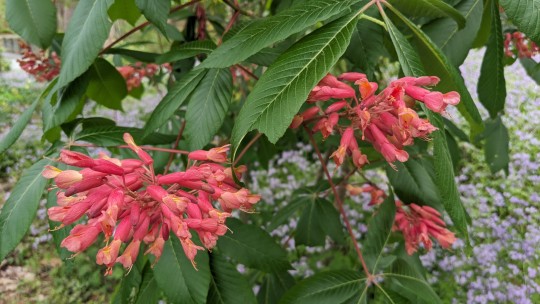
Aesculus pavia / Red Buckeye at the Sarah P. Duke Gardens at Duke University in Durham, NC
#Aesculus pavia#Aesculus#Sapindaceae#Red Buckeye#Scarlet Buckeye#Woolly Buckeye#Firecracker Plant#Buckeye#Native plants#Native flowers#Native trees#Plants#Flowers#Trees#Nature photography#photographers on tumblr#Sarah P. Duke Gardens#Duke Gardens#Duke University#Durham#Durham NC#North Carolina
1 note
·
View note
Photo

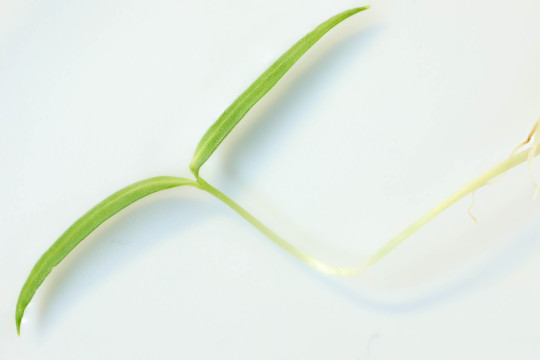
Dodonaea viscosa subsp. angustifolia
Cotyledons
Image 1 taken 8 days and Image 2 taken 17 after seed scarified plated on water agar and incubated at 20C
0 notes
Note
Who are each of the dragon's favorite sibling?
Pitaya and Ananas are each other's favorite because they interact with each other more than the others
Lotus doesn't have a favorite and loves all their siblings equally
Lychee's favorite is Lotus because they look up to them and Lotus is essentially the oldest sibling
Adding onto that, Longan doesn't have a favorite child but they may slightly favor Lychee because they're the only one that agrees with them and wants to help them with their plan (plus, lychees and longans are part of the same fruit family called "sapindaceae")
The dragons aren't very open about affection though, so none of them would ever admit who their favorite is and why
#velvet speaks#headcanons#pitaya dragon cookie#ananas dragon cookie#lotus dragon cookie#lychee dragon cookie#longan dragon cookie
46 notes
·
View notes